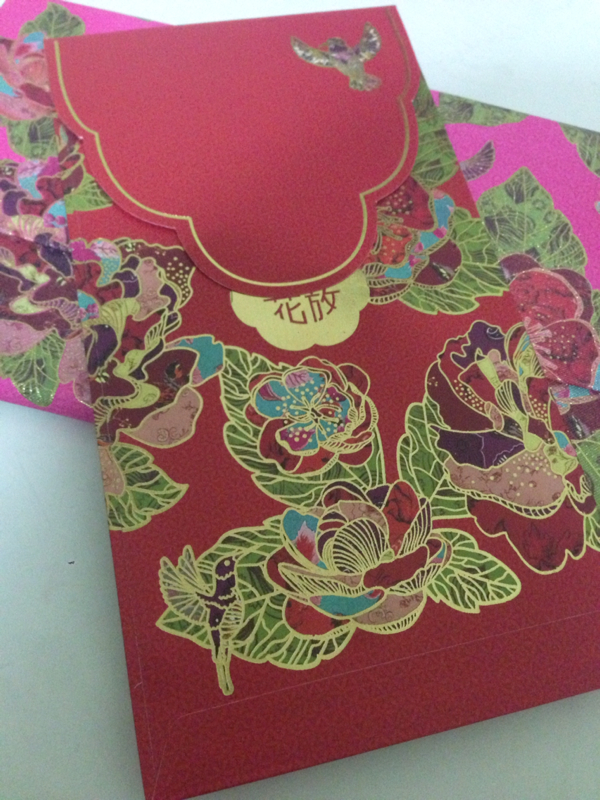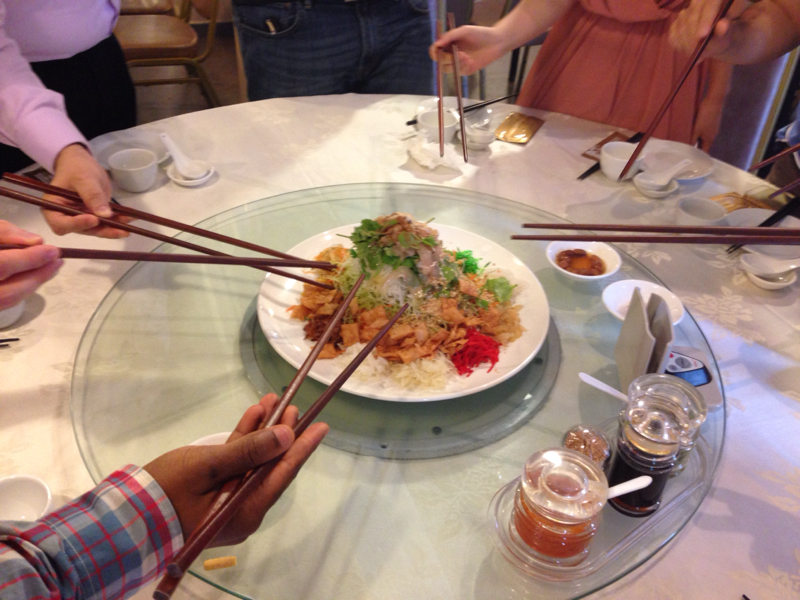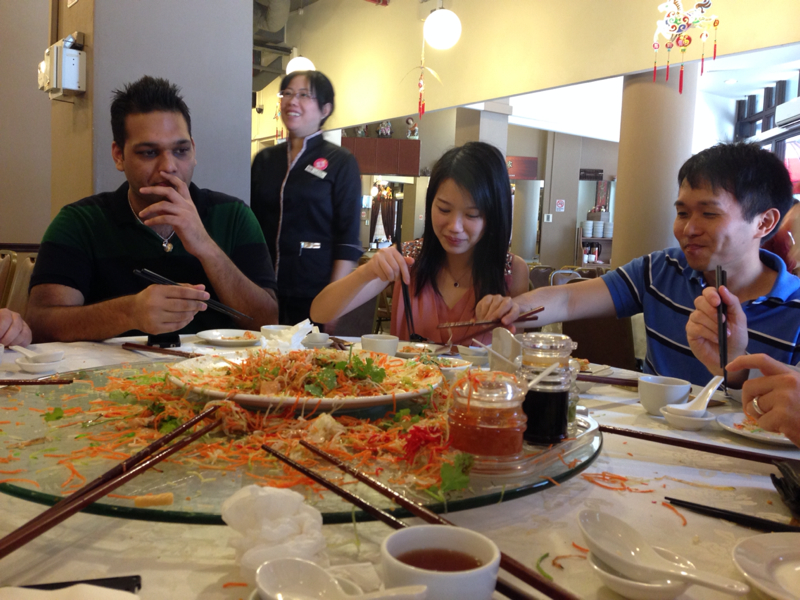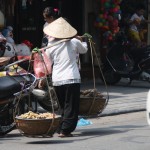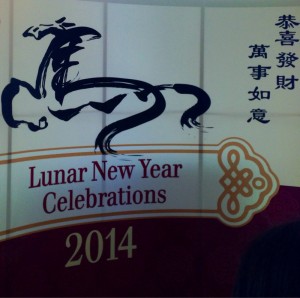 I grew up in the West where Christmas is one of the most anticipated events; especially when it comes to the family reunion, gifts, and food.
I grew up in the West where Christmas is one of the most anticipated events; especially when it comes to the family reunion, gifts, and food.
Here in the Far East, or to be more precise in countries where there is a major ethnic Chinese population the equivalent of Christmas is the Chinese New Year. You most certainly have heard about it wherever you are reading this from.
You may have wonder as well does that mean Chinese do not follow the Gregorian calendar’ it’s ok to admit. Well the answer is no Chinese do follow the same calendar as you.
Chinese New Year is nothing more than a traditional (but the most important) Chinese holiday celebrating the turn of the Chinese calendar. The Calendar is based on changes of the moon, not the sun. The new year start at the beginning of this lunar calendar, and ends 15th days after. This year it was from the 31st of January to the 15th of February.
Having talks with few locals my understanding is on the holiday’s eve (Jan 31st), families come together to eat a meal in the evening. It is a big time event, so usually no matter how far away they are, people will try to visit their families (I guess a bit like Christmas or Eid). Also, like Christmas, there is a gift tradition; the older folks give to the younger ones red paper packets called Hongbao in Mandarin. This packet has money inside it, and it is believed to bring luck.
Below is the one I received from my boss. (yes, companies also give these kind of gifts)
The specifics of celebrations vary in details across regions, but overall the idea is to use either object or food that represent propitious sign, Lo Hei is one of the “food event” you might encounter, at least here in Singapore.
From Wikipedia, the tradition of Lo Hei or Lo Sheng stems from the phrase’s Cantonese meaning of ‘tossing up good fortune’ using Yu Sheng or Raw Fish Salad that symbolizes ‘an abundance of wealth and long life’. The word hei or ‘rise’ is in reference to a thriving business or prosperity. To summarize, tossing up and eating the dish will give you prosperity.
The dish itself consist of white and green radish, carrots, capsicum, turnips, red pickled ginger, slices of raw fish (commonly salmon), crackers, topped with fragrant dressing of plum sauce, five spice powder, sesame oil.
Families, friends, or colleagues gather to toss the ingredients while saying auspicious well wishes out loud to usher in good luck. It is also believed the higher you toss the ingredients in the salad the greater your fortunes will be. Once it is all done, the table looks like that…
…And yes if you are wondering, we are eating it afterwards; it is considered a bit like an appetizer.
Another major celebration is the Lion dance. Without getting too much in details the Lion dance is a traditional dance in Chinese culture in which performers mimic a lion’s movements in a lion costume. Similarly to the Lo Hei, the Chinese use Lion dancers as a symbol of auspiciousness.
The experience of the Chinese New year was interesting to see. I have realized it is a major event here. All shops closed for few days; Singaporeans were with their family, expats travelled around south east Asia, the city was almost a ghost city. It was the first real Asian cultural event I’ve seen in Singapore, next year I’ll try to get further insight by trying to invite myself into a local family 🙂
